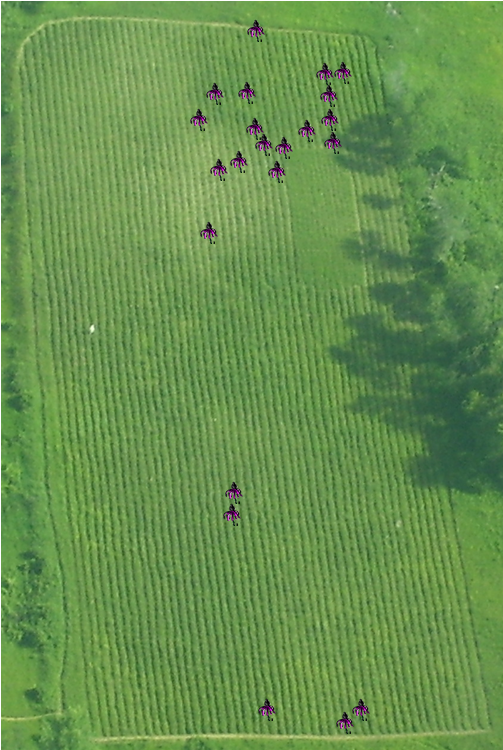Flowering Phenology in the Common Garden

|
One of the many things we studied in the common garden during the summer of 2008 is phenology.
In general, phenology is the study of the timing of recurring biological events. We are interested
in the timing of floral development and reproduction in Echinacea angustifolia.
In 2008, the plants in the garden shed pollen between July 7th and September 1st. But individual
plants only shed pollen for about ten days each. The length of the flowering season exceeds individual
flowering duration because the plants don't all flower at once. Click here to see photos of plants in
different stages of flowering on July 18th.
Asynchronous flowering can have consequences on the genetic structure of a population, because
it limits mate availability. A plant that sheds pollen in early July, for example, cannot fertilize a
plant that doesn't begin to flower until mid-August. If the timing of floral development is heritable,
then plants that flower at the same time will tend to be more closely related to each other than to
the population as a whole. This situation would lead to higher rates of inbreeding than we would
expect if we only studied the spatial isolation of plants.
In 2008, we took photographs of several flowering Echinacea plants over a period of 49 days. Click on any plant in the photo to the left to see its floral development over the course of the summer. To see the different stages of flowering on a specific day, click on the calendars below. |
July 2008

August 2008


